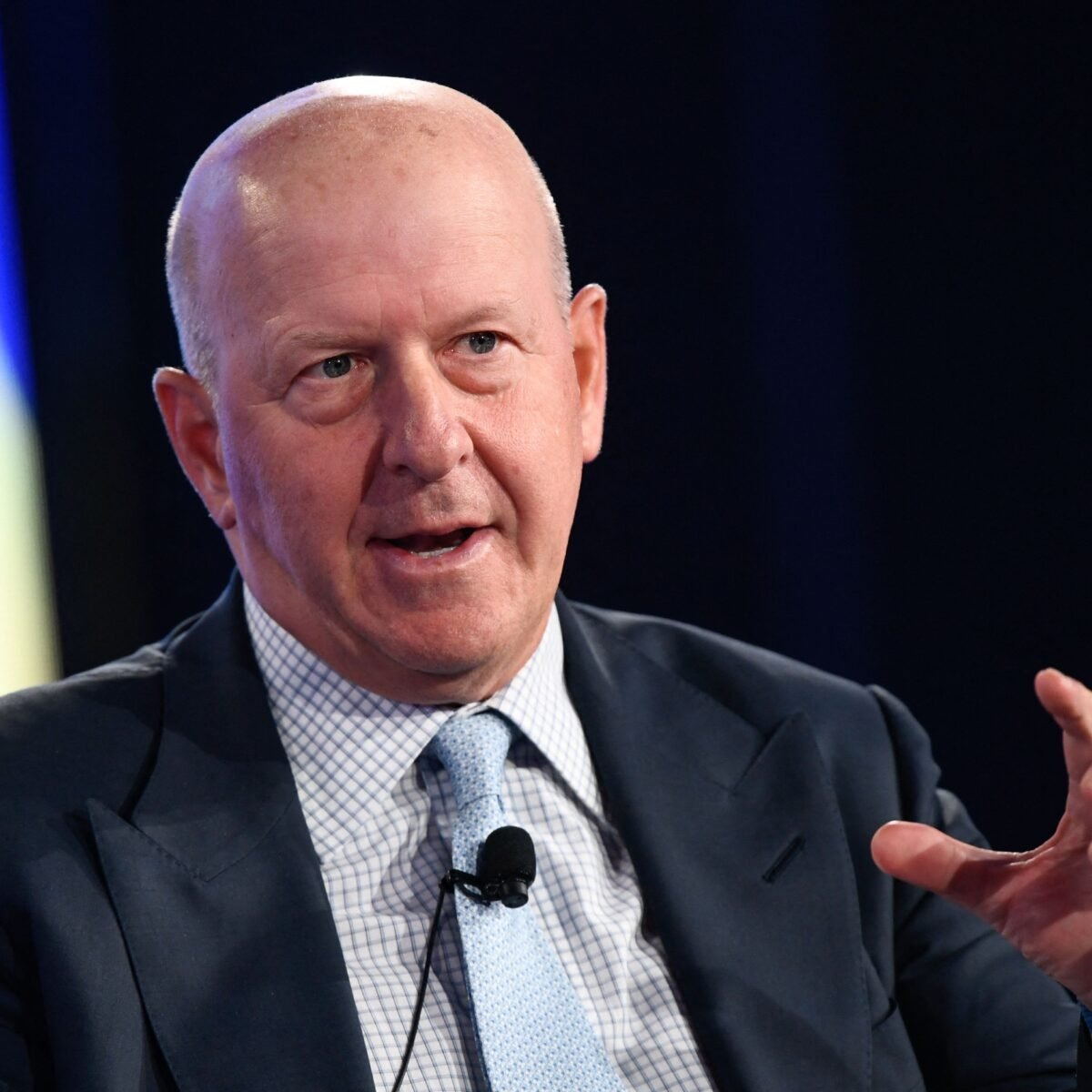
At the start of the year, Wall Street’s top executives geared up for a wave of dealmaking, anticipating that policies under the second Trump administration would fuel mergers and acquisitions. Their institutions have indeed seen a windfall from the government’s economic agenda but not in the way they initially expected. Instead of sparking an M&A boom, Trump’s economic playbook has been dominated by tariff-driven market volatility. And that turbulence is now delivering record trading revenues for large banks.
“Volatility is going to, I suspect, be a feature—not a bug—of the new world order,” Citigroup CEO Jane Fraser told analysts on July 15. “We will all benefit from that.”
Citigroup’s trading revenue surged to $5.9 billion in the April-June quarter, up 16 percent from a year earlier, fueled by growth in both equities and FICC (fixed income, currencies and commodities).
Other major banks also posted standout trading results. Bank of America saw a 15 percent jump in sales and trading revenue to $5.4 billion, representing its 13th consecutive quarter of year-over-year growth, according to CEO Brian Moynihan during the bank’s July 16 earnings call.
Morgan Stanley reported a record-breaking quarter for equity trading, pulling in $3.72 billion versus $3 billion a year ago. At JPMorgan Chase, revenue from FICC and equities rose 14 percent and 15 percent year-over-year, respectively. Goldman Sachs outpaced them all, with equity trading revenue soaring 36 percent. That gain, CEO David Solomon said, stemmed from political uncertainty that “drove clients to reposition portfolios across asset classes.”
Altogether, market volatility powered Wall Street’s five largest banks to a combined $33.8 billion in trading revenue in the second quarter—a 17 percent year-over-year increase, according to a Financial News analysis.
Is M&A activity rebounding?
Finance leaders had initially predicted that Trump’s pro-growth, deregulatory agenda would revive M&A activity. So far, however, dealmaking has been slow to take off. In April, the U.S. recorded its lowest monthly number of M&A deals since May 2009.
Still, some signs of a rebound are emerging. At JPMorgan, investment banking fees—which include services tied to M&A—rose 7 percent year-over-year. “[Investment banking] activity started slow but gained momentum as market sentiment improved,” said CEO Jamie Dimon in the bank’s earnings release.
Goldman Sachs saw an even sharper uptick, with investment banking fees rising 26 percent compared to the same quarter in 2024. “While activity was slower in the first half of the quarter, announced M&A volumes for the year to date are 30 percent higher year-over-year and 15 percent greater than the comparable five-year average,” Solomon said, adding that “the dealmaking environment has been remarkable resilient.”




